Dive into the Blue
Want more from your holiday than a swimming pool? Imogen Lepere has swum deep to find the best experiences you can have on (and beneath) the ocean waves
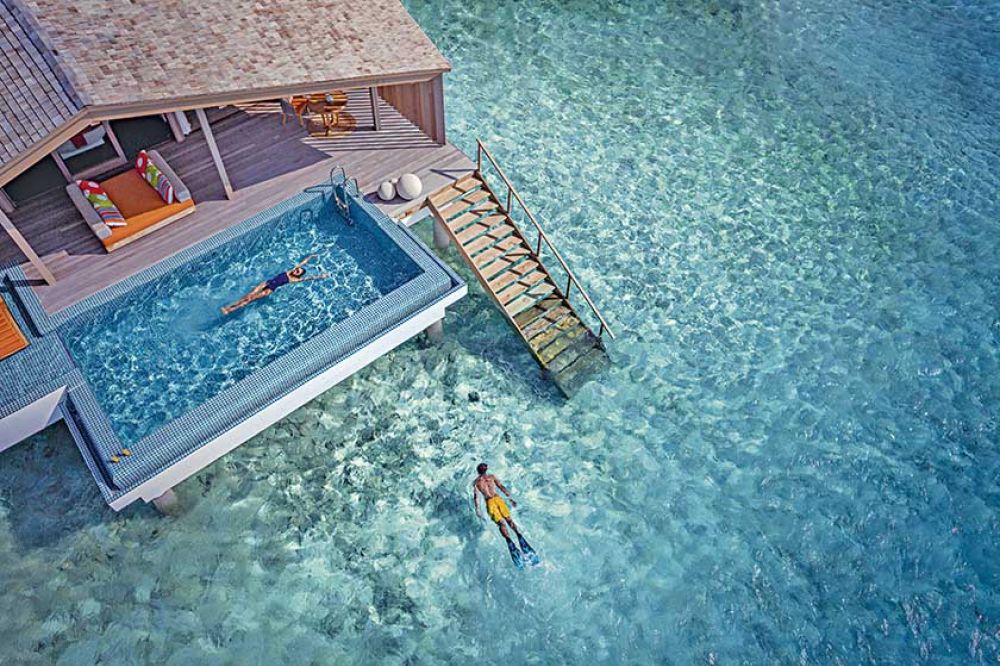
Want more from your holiday than a swimming pool? Imogen Lepere has swum deep to find the best experiences you can have on (and beneath) the ocean waves
The term ‘barefoot luxury’ is bandied around a lot at the moment but Club Med’s Kani Maldives in the Kaafu Atoll is one of the few places it can be used entirely accurately. The only buildings on the island are the hotel’s 75 chic bungalows that stand on stilts above the Indian Ocean, so you’ll feel like a very glamorous castaway. And with nothing but milk-white sand under foot, there’s no need to wear shoes for the entire time you’re there.
The tiny islands that make up the atoll are positioned like a ring of pale mushrooms, protecting the turquoise lagoon in the centre from even the gentlest of swells. It’s ideal for snorkelling and you can expect to see hawksbill turtles surfing the currents while schools of parrotfish flit in and out of the coral.
In classic Club Med style, no box on your watersports bucket list will remain unticked. Aquafitness, water polo, kayaking and sailing lessons are included in the price.
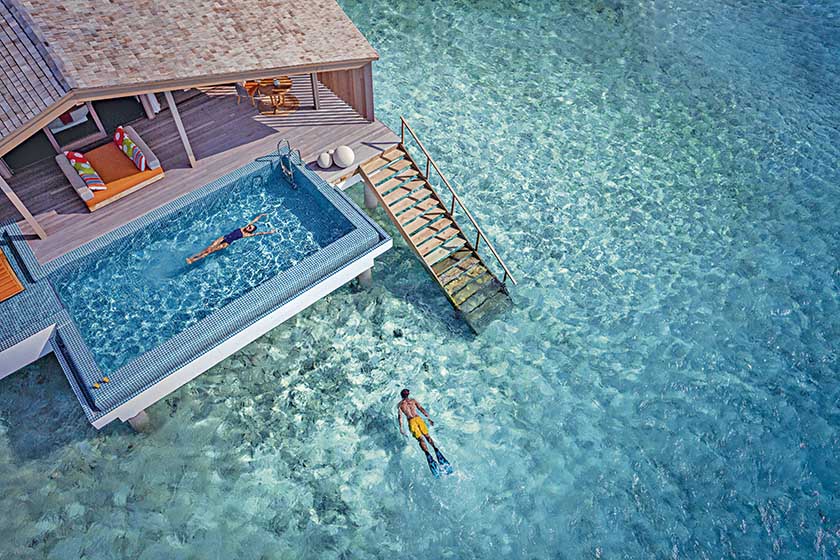
Club Med’s seven-day holiday in Kani Maldives costs £1,506pp, including accommodation, flights, transfers, sports equipment, sailing classes and meals. http://clubmed.co.uk
Steeped in myth, bathed in Mediterranean sunshine and studded with world-class beaches, Greece has a heck of a lot to offer. An intimate yacht charter with capacity for just eight guests and a skipper gives you the ultimate freedom to explore, and with 5,773 of its 6,000 islands uninhabited, you can easily create the illusion of being the only boat in this ancient nation.
Spend two weeks sailing from Santorini to Athens, visiting some of the Cyclades’ most scenic locations along the way. Sip an iced coffee in Chora’s shady square on Folegandros, hail a donkey taxi to one of Hydra’s remote swimming spots and watch the sunset from a windmill-come-cocktail bar on Mykonos. There are four double cabins, three bathrooms and two showers on board the yacht, as well as plenty of room on the deck, perfect for whiling away the hours with a book or simply for watching island villages and deserted islets pass you by.
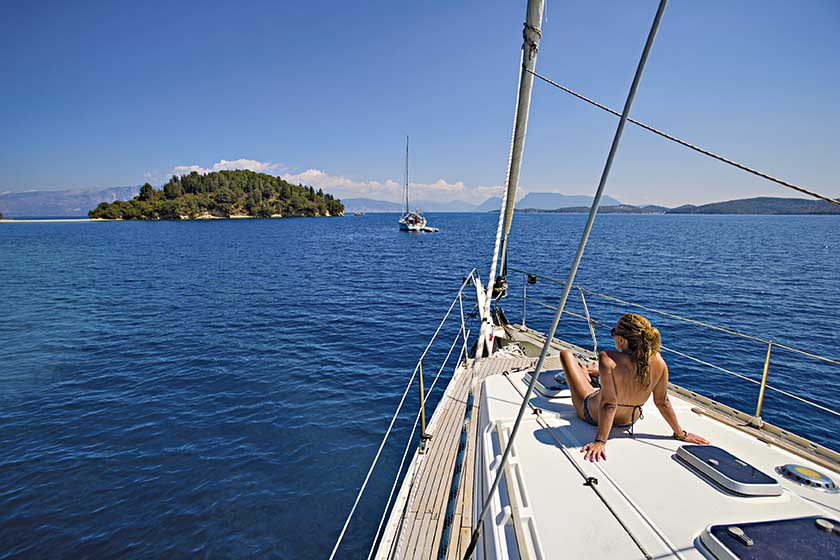
TA Travel’s 15-night Santorini to Athens tour costs £1,649pp, including a licensed skipper, accommodation and snorkelling gear. http://tours.statravel.co.uk
Beqa’s barrier reef is one of the largest in the world and nurtures a kaleidoscope of sea life but it’s the 26C year-round water temperature and dramatic swells that make it a mecca for surfers. Frigates Pass is a world-famous break with waves regularly reaching more than three metres. It is revered by both locals, who ride the swell as nonchalantly as they would a bicycle, and rather less expert visitors alike. Shifties is on the outside point of the reef and is guaranteed surf when everywhere else is flat, while Vunaniu is ideal for beginners. At just 15sq km, Beqa Island is a little piece of Eden. Tropical forests are scented with climbing flowers, the pool at the bottom of the waterfall is a magical place to cool off and picturesque villages surrounded by pineapple fields are ripe for exploring.
Beqa Lagoon Resort is by far the most high-end and intimate of the island’s three hotels. It has just 25 traditional thatched bures (villas) scattered throughout two hectares of lush gardens. Relax after a long day on the waves by sipping fresh coconut water in the hammock on your porch, or indulge in a banana leaf wrap or raw sugar body exfoliation at the open-air Lali Spa.
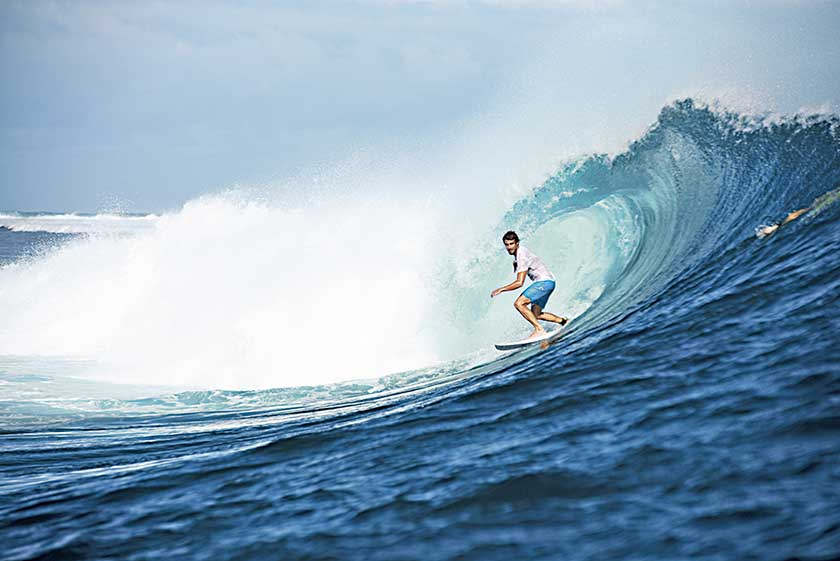
The Perfect Wave’s seven-night surf package at Beqa Lagoon Resort starts at £1,523pp, including full-board accommodation, all air and boat transfers and five half-day surfing sessions. http://perfectwavetravel.co.uk
You will never feel more like a Mayan warrior than when diving down to Belize’s Barrier Reef with speargun in hand, harpooning a lionfish and taking it ashore to cook over an open fire.
If the idea of a holiday centered around spearing fish makes you feel uncomfortable, worry not. Lionfish were first recorded in Florida’s waters in the 1980s, and scientists believe they were escapees from private aquariums. They have voracious appetites for young fish, no natural predators and are now considered the second-biggest threat to coral reefs after global warming. You don’t need any scientific knowledge to join the lionfish-culling project; just a Padi dive qualification and a desire to give something back to the destinations you visit. It’s a great-value way of having a once-in-a-lifetime experience.
Spend a week living like the free spirit you always wanted to become and enjoy the simple things in life. Wake up in an eco cabin on one of Belize’s most remote beaches, hang out with locals whose livelihood depends on the reef and learn from world-class marine biologists before spending your evening savouring your catch and supping a cold beer around the fire.

Responsible Travel’s seven-day lionfish- culling project in Belize costs £600pp, including accommodation in eco cabins, meals, science training, a Padi dive refresher course and all equipment. http://responsibletravel.com
Follow in Charles Darwin’s footsteps to the Galápagos, the exotic islands sprinkled on either side of the equator. They’re so remote (the nearest land, Ecuador, is 926km east) and their geography so unique that they’re chockablock with endemic species. What’s so fascinating about them, and what eventually lead to Darwin’s theory of evolution by natural selection, is that the animals on each island are similar yet uniquely adapted to their own environment. Spend ten days hopping between the islands on a luxurious yacht. You’ll see the pink iguana which lives on a single live volcano on Isabela, Isla Española, where all 12,000 of the world’s waved albatrosses flock to breed, and also visit Isla Floreana, home to the Floreana mockingbird.
Spend three nights aboard the Queen Beatriz, which has room for just 15 guests in comfortable cabins, all with en suite bathrooms and air conditioning. The morning chorus of blue-footed boobies is a sound like no other. Soak it up from one of the stripy sofas on the upper deck, before diving into the sea for a morning swim. Accommodation for the remaining two nights is in Quito’s glamorous Hotel Le Parc.
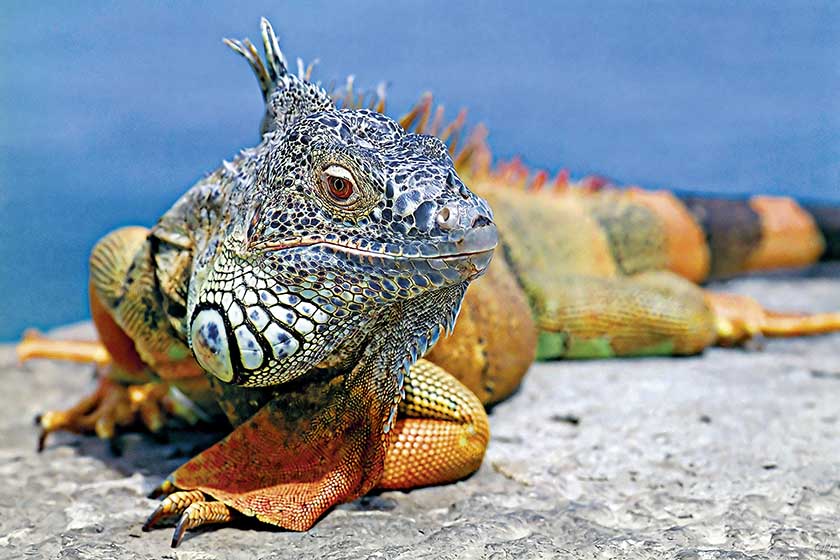
Intrepid Travel’s ten-day Classic Galápagos itinerary costs £3,633pp, including all boat and hotel accommodation, most meals, flights from Quito to the Galápagos, and all activities. http://intrepidtravel.com
To many, the Roaring Forties might sound like an epoch a couple of decades after the Twenties but ask any Tasmanian and they’ll tell you about the brutal westerly winds that whip the Southern Hemisphere between the latitudes of 40 and 50 degrees. Setting out in a kayak in these conditions may not immediately appeal but Mother Nature has created the perfect solution in the form of the Tasmanian Wilderness World Heritage Area, one of the largest conservation zones in Australia. In its 15,600sq km it has rivers that run through dense forests like ribbons, narrow straits winding around lonely islands and into glass-like Bathurst Harbour, which is surrounded by so many peaks that it almost appears to be landlocked.
Roaring 40s is the only kayak company licensed to operate in the area and all nine of its guides are exceptionally knowledgeable about the local area. Sleep in a semi-permanent camp in a remote forest clearing on the banks of Melaleuca Inlet. While self-inflating mattresses and bathroom facilities are provided, it’s pretty basic. However, waking up to the smell of fresh pine trees as water laps the shore makes it worth it.
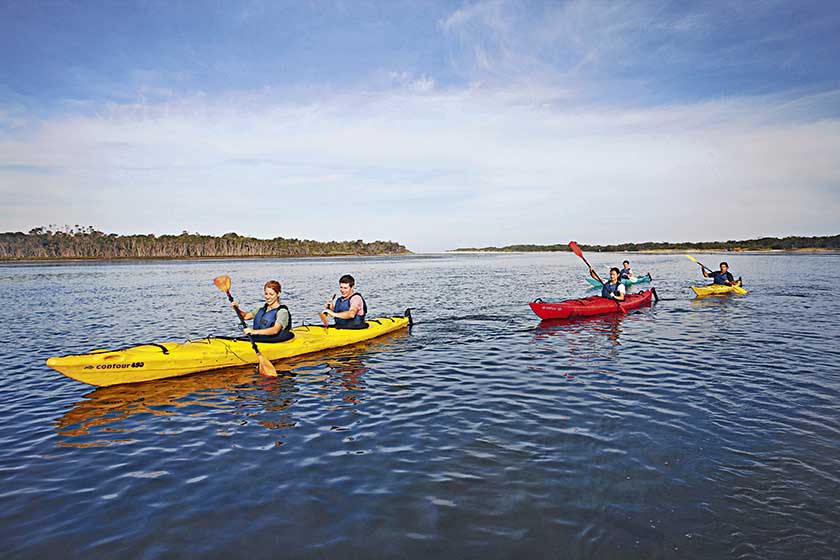
Roaring 40s’ three-day Sea Kayaking Exploration costs £1,693pp, including equipment, accommodation, meals and return scenic flights from Cambridge Airport to Melaleuca. http://roaring40skayaking.com.au
You’re swimming through the pristine waters of the Ningaloo Marine Park with just the help of your flippers when you hear a long, lonely moan. Suddenly, everything goes dark. A humpback whale wants to play with your air bubbles. Some 35,000 of these gentle giants migrate past Australia’s west coast every year but 2016 is the first time commercial swimming tours have been allowed to operate on the Ningaloo Reef. The trial period ends soon but we are informed by the National Parks Committee at Tourism Western Australia that it will be renewed next year.
Stay at Sal Salis, a sumptuous camp of 16 tents nestled among the sand dunes of the Cape Range National Park with breathtaking sea views. Egyptian cotton sheets, en suites and fluffy towels and a well-stocked library are more Out of Africa than the outback but the sight of a wallaby hopping through the tents reminds you that you’re definitely in Australia. The package includes daily activities such as guided snorkelling and hikes through the Mandu Mandu Gorge. Angling equipment is also available, so you can grapple with reef fish such as the sought-after coral trout and red emperor.
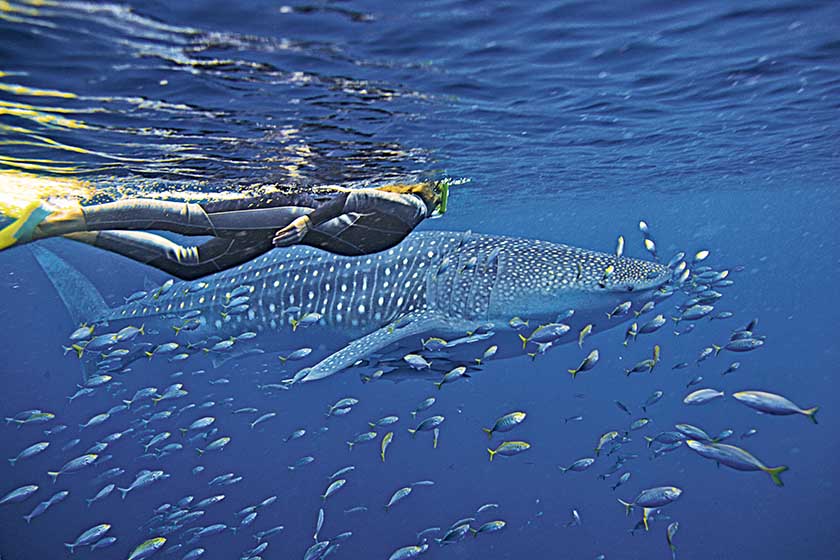
Sal Salis’s three-night swimming with humpback whales package costs £1,573pp, including luxury tented accommodation, meals, one whale swim and daily guided wilderness activities. http://salsalis.com.au
Few people venture out to the Shiretoko Peninsula, the lonely 1,230sq km piece of land that juts out like a beak from Hokkaido Island into the Okhotsk Sea. This Unesco World Heritage Site is one of the most remote regions in Japan. In autumn, the Shiretoko Mountains become a mass of quivering gold trees capped by snow-white peaks, the rivers turn black with wild shirozake salmon returning to their birthplace and the sea swarms with porpoises and minke whales. You can cruise the coastline for two hours before heading to Lake Kussharo to immerse yourself in the natural hot springs.
Hokkaido may be the second-largest island in Japan but it’s the least populated. Apart from a new bullet train which has just joined it to Honshu, the main island, public transport is very limited. Car hire is included in Inside Asia’s itinerary and having the freedom to potter through rural villages surrounded by pines under your own steam allows you to see a side of Japan that most tourists miss. This trip is mostly self-guided but it does include a full-day tour of Tokyo, including sites such as Akihabara (electric town) and Hamarikyu Gardens.
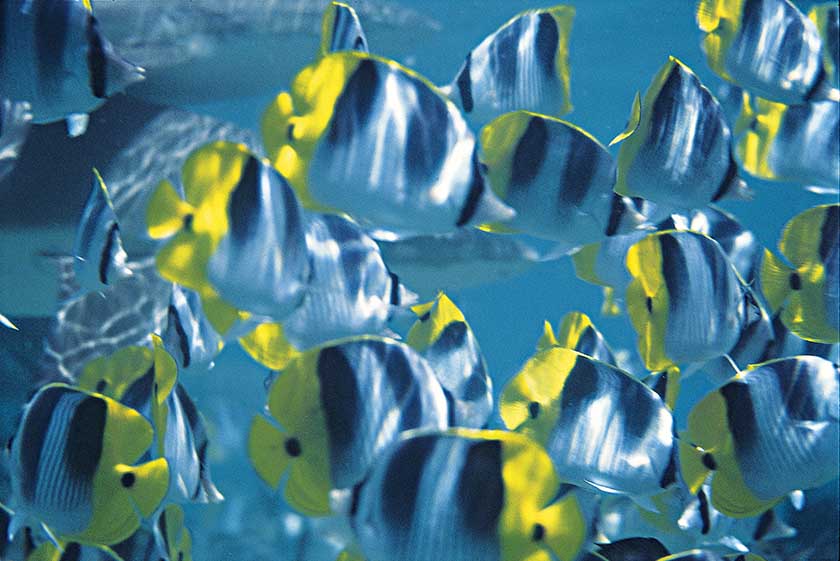
Inside Japan’s 14-night Wild Hokkaido adventure starts at £3,080pp, including all accommodation, car hire, most meals and a cruise around the Shiretoko Peninsula. http://insidejapantours.com
From the coral canyons of Cane Bay off St Croix to Grand Cayman’s stingray city, the Caribbean’s dreamy dive sites are the stuff of legend. Although there are 7,000 islands, the one we always return to is Bonaire. A pale crescent floating just north of Venezuela, it has more than 90 dive sites to choose from.
The fringing reef that surrounds the island is perfect for beginners. Just ten metres below the surface, solemn seahorses curl themselves around colourful sea plants, turtles surprise bulbous frogfish and tarpons slide by like silent torpedoes.
For more experienced divers, the wreck of the Hilma Hooker is a must. This 73-metre giant was detained for carrying marijuana in 1984, and it is somewhat ironically now a magnet for seaweed and sponges that look like psychedelic clouds.
Match the impeccable diving with a stay at Harbour Village, the most luxurious hotel on the island. Wake up in a canopied bed and step straight out on to the beach from your room. Make sure you call ahead to restaurant La Balandra to request the table on the jetty that extends over the harbour; it’s the best spot to watch the sunset on the island.
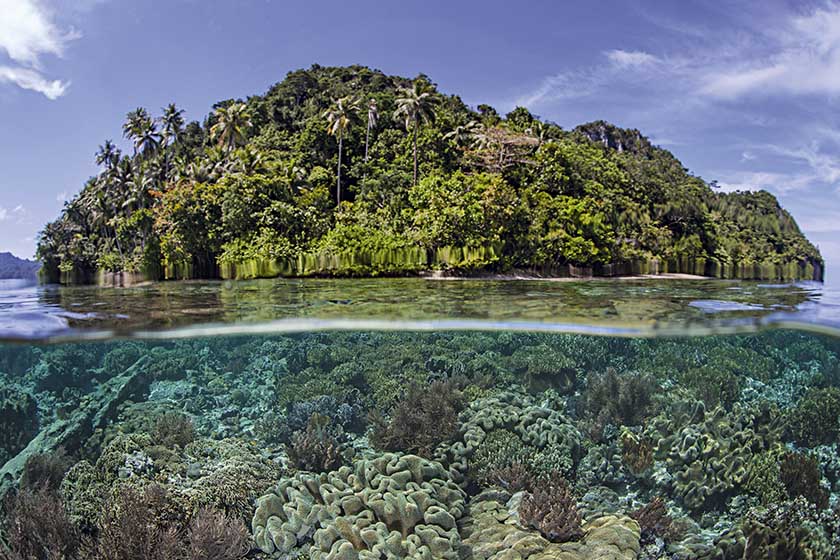
Regal Diving’s seven-night Club Diver Special package costs £2,095pp, including return flights, transfers, accommodation at Harbour Village, a daily boat dive and unlimited shore diving. http://regal-diving.co.uk
Bumphead parrotfish, Napoleon wrasse, tasselled wobbegong shark... the award for the most weird and wonderful sea life goes to Raja Ampat every time. Remember New Guinea, the remote land that Swiss Family Robinson washed up on? This archipelago is scattered off its western tip and is widely recognised as the most bio-diverse marine region on the planet, with more than 1,200 species. Steep jungles run down to white sandy beaches and lagoons that look like tropical aquariums.
It’s a stellar set-up for underwater photography and there’s no one better to show you the ropes than leading marine biologist and photographer Dr Richard Smith. Experience ten days aboard the Indo Siren, a luxurious take on a traditional Indonesian sailing ship, diving and photographing the spectacular underwater world. Evenings are spent learning about the species you’ve captured and plundering Smith’s encyclopaedic knowledge of photography technique. The ship is handmade from teak and has just eight luxurious cabins. Book a massage in your room or recline on one of the white sun loungers on deck and watch the stars come out.
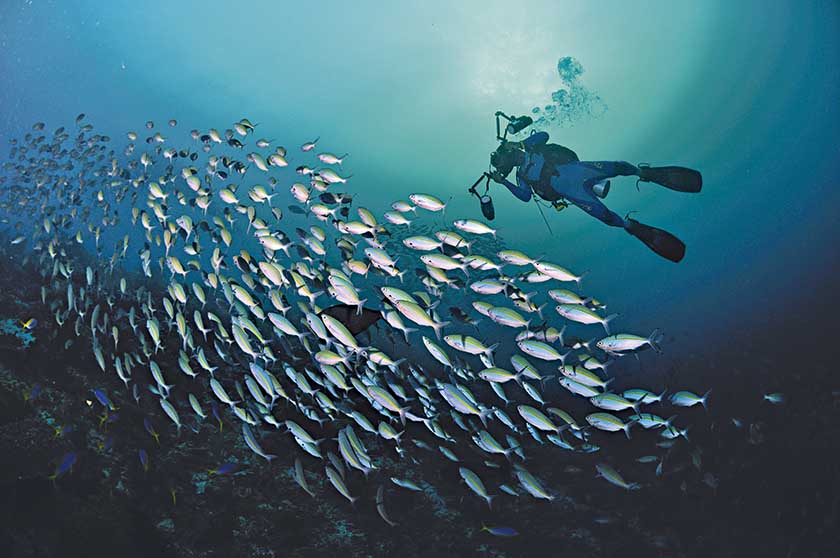
Dive Worldwide’s ten-day Four Kings Expedition costs £4,495pp, including return flights, live-aboard accommodation, equipment, four dives a day and expert tuition from Dr Smith. http://diveworldwide.com
Subscribe and view full print editions online... Subscribe